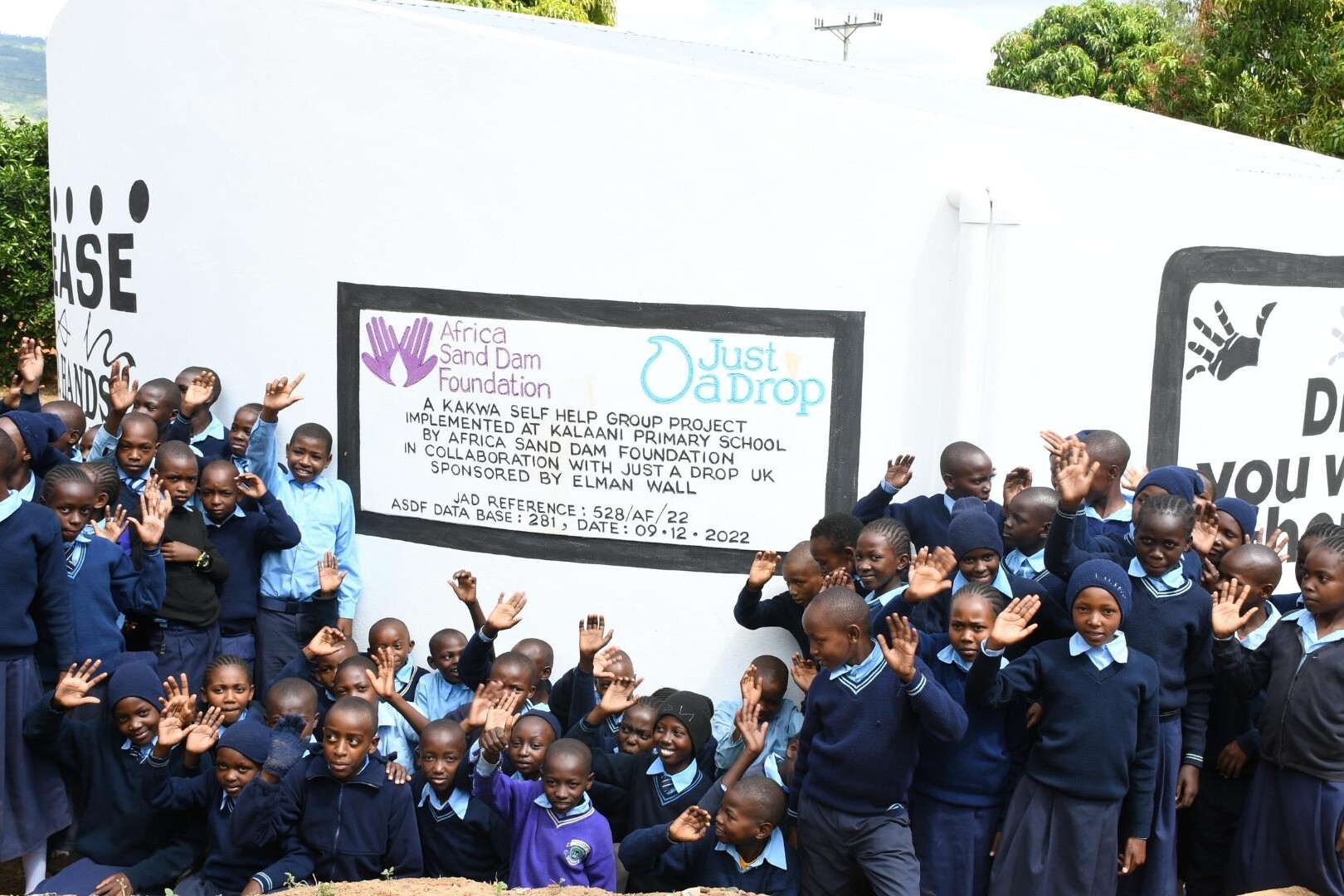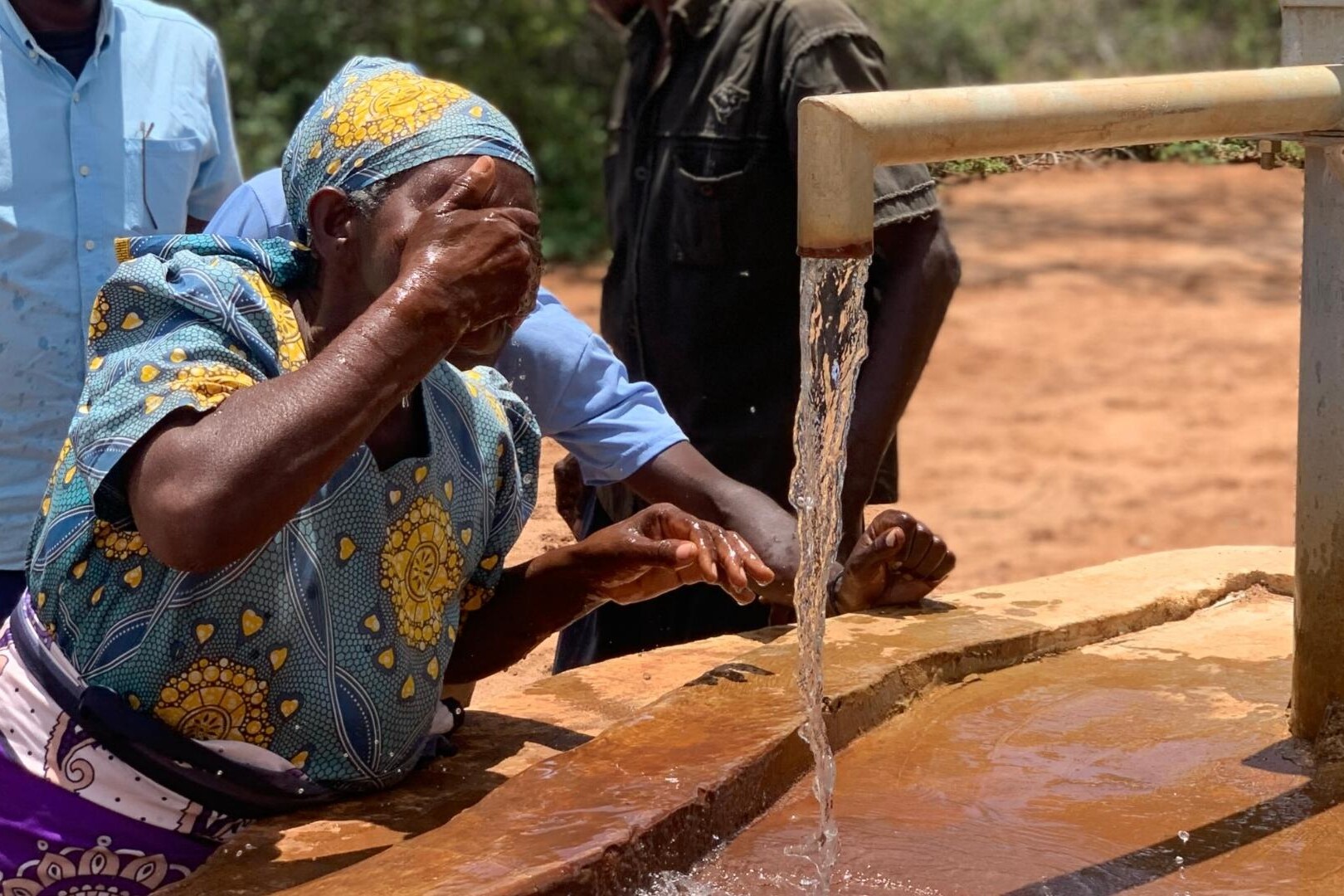37
%
of the population of Kenya don’t have access to safe water, that’s 19.99 million people.
63
%
of the population of Kenya don’t have access to sanitation, that’s 34 million people.
63
%
of the population of Kenya don’t have access to basic hygiene facilities, that’s 34 million people.

Our Work in Kenya
Our development approach is all about empowering communities with access to safe water and food production. This brings people better incomes as well as healthier, more nutritious food.
In Kenya, we help communities in the semi-arid areas of Makueni, Machakos, and Kitui to become safe water and food secure. Communities in marginalised, rural areas form Self Help Groups (SHGs), which we support to harvest and conserve water through the construction of sand dams, rainwater catchments, rock catchments, and school water tanks. We also work with SHGs and schools to provide hygiene training, which includes soap making and menstrual health.
We also support soil and water conservation and food security programmes. This means that people have a stable source of nutritious food and the health of whole communities can improve. Excess crops can then be traded to provide an income for families, transforming communities’ prospects.

Kenya Background
Kenya is a chronically water-scarce country of 55.34 million people.
Large parts of the land are classified as arid or semi-arid, and are prone to severe drought. This leads to food scarcity and poverty. A lack of infrastructure, a growing population and climate change have contributed to worsening conditions. 42% of the population lives below the poverty line. Years of drought have had a serious impact on children, increasing malnutrition rates, morbidity and mortality.
Although Kenya has biannual rainy seasons, rains fall so heavily in such a short period of time that surface run off is high. WASH solutions in Kenya address capturing this source of clean water, and storing it for long-term use.
